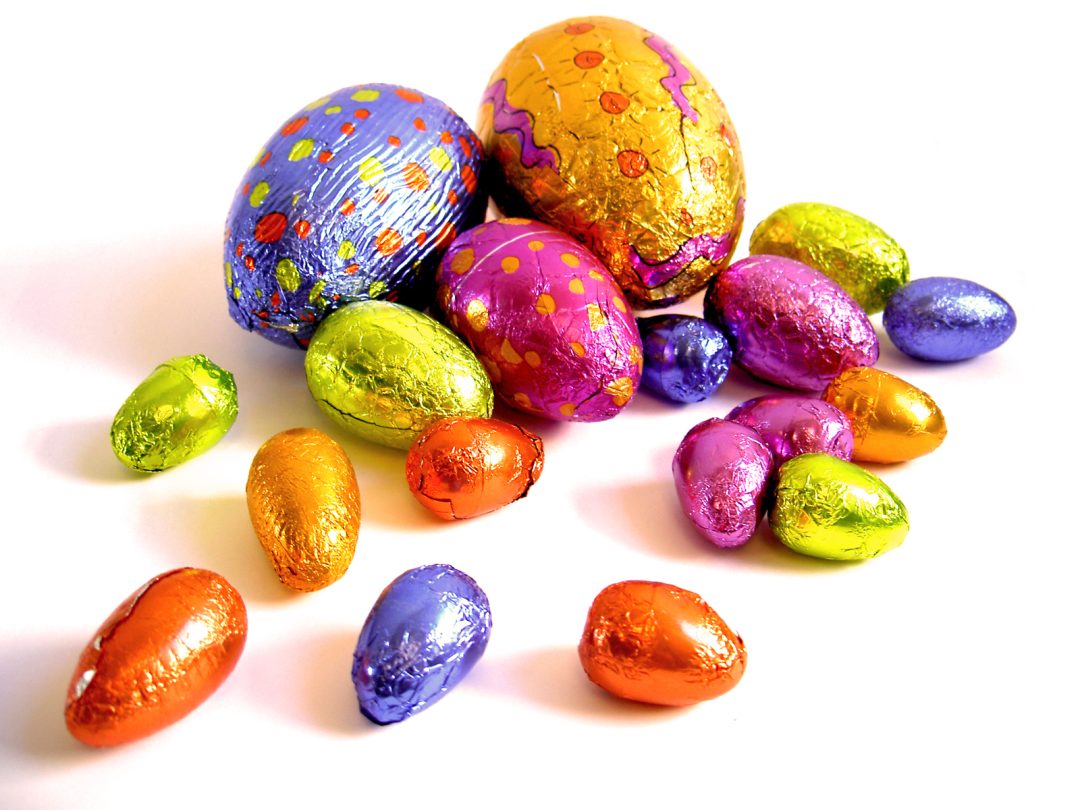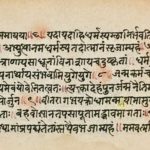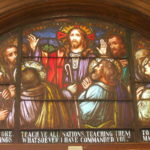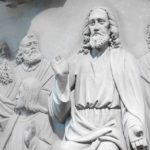As with Christmas, the chosen time for Easter is based on non-Christian situations. And, as with Christmas, a lot of accouterments attached to Easter have nothing to do with its Christian religious significance.
The name
It was often convenient to declare a new holiday as being around the same time as established celebrations, both for significance and ease of conversion. The vernal equinox, when day and night are equal in length, is considered the beginning of spring, a time of life renewal and birth. This is the perfect time to celebrate the resurrection of a holy figure.
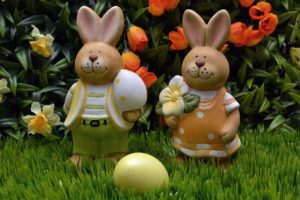 The word Easter is believed to come from the pagan festival of Eastre, when Saxons celebrated spring and fertility. Most animals, particularly sheep, cattle and equines, give birth during this period – hence fertility. Two symbols of fertility in Saxon rites are the rabbit and the egg.
The word Easter is believed to come from the pagan festival of Eastre, when Saxons celebrated spring and fertility. Most animals, particularly sheep, cattle and equines, give birth during this period – hence fertility. Two symbols of fertility in Saxon rites are the rabbit and the egg.
Another suspected origin of the name is the Scandinavian goddess Ostra and the Teutonic goddess Ostern. Both were goddesses of fertility and their festivals were celebrated on the vernal equinox.
The Christian festival was originally named Pascha, from the Aramaic term Pesach, more commonly known as Passover.
The time
Because Easter is the celebration of the rebirth of Jesus, it is logical that it is scheduled around the vernal equinox, allowing the Teutonic people to simply replace one celebration with another. This is also the time of Passover, so converted Jews still had something to ritualize.
The Easter bunny
The rabbit is an almost universal symbol of fertility, and as such has arisen in many rites that welcome spring. The original bunny was probably from the Saxons, who devoted the entire month of April to spring and fertility. One of Estre’s sacred animals was the hare.
In Germany, children watched for the arrival of the Oschter Haws, a rabbit that would lay colored eggs in nests. This seems to be the first time the rabbit is related to the egg.
The Easter egg
The involvement of eggs as symbols of fertility and rebirth predates history.
During Estre’s festival, eggs were colored brightly to represent the sunlight of spring. These eggs were used in games as well as being given as gifts, especially from lovers and romantic admirers, much like valentines. Greeks and Romans used eggs to represent resurrected gods. In the Passover dinner called the seder, roasted eggs symbolize springtime and rebirth. As a symbol of the egg’s fertility, of course, chicks are also associated with the spring festivals.
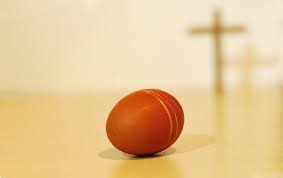 The painting and decorating of eggs is practiced throughout the western world, including Norway, Finland, Sweden, and Denmark.
The painting and decorating of eggs is practiced throughout the western world, including Norway, Finland, Sweden, and Denmark.
Games associated with eggs also go too far back to determine origin. In Greece, both children and adults play tsougrisma, an egg cracking game. Players try to crack their friends’ eggs. Luck will come to the last person with an uncracked egg.
Easter egg hunts are well known in America. The Easter egg hunt on the White House lawn began with President Hayes in 1878 and has been an American tradition ever since. Other egg games include egg rolling and egg tapping. Pace egg plays are traditional in England. The word Pace comes from the word pasch (Easter), and the plays vary with a single theme – a hero dies and is resurrected. They are usually performed the weekend before Easter in pubs and village squares.
The bunny with eggs
It is generally believed that the rabbit was paired with eggs because of the equinox. The hare is associated with the moon goddess, and the egg is associated with the sun god. Hence, on the vernal equinox, both night and day (moon and sun) have equal importance. As noted earlier, in Germany the Easter rabbit would lay colored eggs.
The food
Ham is a traditional Easter dinner, dating back to Northern Europe before refrigeration. Hogs were slaughtered in the fall, then cured for seven months. This made them ready to eat around the vernal equinox.
Lamb is also traditional because lambs are born early in spring, and are the right size to eat at Easter time.
Above all, there is the fairly recent addition of Easter candy to the celebrations. The most prevalent candies are chocolate eggs, marshmallow bunnies, Peeps and jelly beans. Peeps, marshmallow bunnies and eggs, created by the Russian-born confectioner Sam Born, hit the markets in the 1950s. The first chocolate eggs were made in Europe in the 1800s.
In the Netherlands, France, and Belgium, church bells are silent for a few days before Easter, supposedly “flying” off to Rome. When the bells return on Easter, they bring colored eggs and hollow chocolate shaped like rabbits and eggs.
Other practices
There are a few more practices during the Easter period for which the origin is unknown. These include greeting cards in America, cross-country skiing in Norway and the reading of detective stories in Norway. The obsession in Norway for “whodunnits” even reaches milk cartons, which have mystery stories printed on the sides.
Finland, Sweden, and Denmark mix old Orthodox traditions and vernal equinox traditions. Children dressed as witches go door to door looking for candy and thank the homeowners with pussy willows as a house blessing. Brightly colored feathers are attached to birch branches and put in a vase with little decorations. In Finland, people plant ryegrass in a pot, to symbolize spring and new life. Once the rye is grown, chick decorations are added to it, while children paint eggs and make paper bunnies.
As often happens, older traditions meld with new ones when a Christian holiday arises. This makes the conversion easier. In the case of Easter, all the rituals support the same theme – a celebration of renewal, rebirth, and resurrection.

